Kill from something beautiful. Ivory-finished weapon
Now you will not find a single tolerable pen.
Canes are made, but the knobs are finished! ..
Find me a good pen and I'll pay you twenty francs!
It spoke the artist's pride.
No craftsman in Paris could make pens
like the ones he made, so light and strong.
He especially liked to carve knobs.
and did it with charming ingenuity,
a variety of subjects, depicting flowers,
fruits, animals, heads;
his work has always been graceful and lively.
All he needed was a penknife;
saddling his nose with glasses, he is from morning to night
cut boxwood or ebony."
Emile Zola "Lady's Happiness"
stories about weapons. If Master Burra was indignant at the Lady's Happiness store for having beaten off the buyers of umbrellas from him, despite the fact that he skillfully carved handles for them, he could not do anything with progress. But ... there was one industry where, even after almost complete mechanization, a certain proportion of manual labor was preserved, and just in his, Burra's, taste. This is the manufacture of original gift samples of weapons. There, they spared neither manual labor, nor materials, nor expenses. For example, Samuel Colt had a whole department that was engaged in the production of expensive exclusive revolvers "as a gift." And if the price of a standard 1873 Peacemaker revolver was 12 dollars, then in a gift version it could cost all 400 ...
We somehow already talked about how knightly armor and weapons were decorated, examined in detail all the technologies used. But now the time is gone. Knightly tournaments have sunk into oblivion, and hunting has spread among the nobles, replacing them with tournament fun.
And now they began to richly decorate not armor, but first of all hunting weapons. And since there were many nobles, and their wealth varied, cheaper finishing material began to come into fashion, which was ... ivory! Moreover, its availability, as well as the availability of bone in general (ivory could be easily faked by replacing the usual bovine one!), made it possible to massively decorate not only hunting, but also military weapons.
Elephant tusk ivory has been valued since ancient times and used to create small sculptures. It is easy to cut, which allows carvers to achieve high artistic and emotional expression in a very highly compressed image format, which is especially valuable in weapons. After polishing, the lustrous ivory surface is pleasant to the touch and is especially suitable for those parts that have to be pressed against the cheek or taken in hand. True, some slipperiness is characteristic of it, but they put up with it for the sake of handles exclusively exquisitely carved from this bone.
Interestingly, most ivory carvings in Europe are made from the bones of African elephants. In addition to its creamy light color, African ivory is notable for its extraordinary workability; its response to cutting and polishing is unique. Due to the fine striated microstructure of its grain, it allows the carving of the smallest details. The gelatinous substance released from its pores facilitates the work of the carver and gives the product a characteristic soft sheen when polished.
For thousands of years, craftsmen have developed special tools for carving bone.
In addition, both the form itself and the structure of the elephant tusk are far from being as simple as it seems, so cutting them into “working material” requires a lot of experience and certain knowledge. Although African elephant tusks can be more than three meters long and weigh more than 80 kilograms, not all of the horn can be processed. It has a void about a third of the base. The bone around it is thin and deep carving on it is impossible. However, many thin plates can be made from this part of the tusk, the images on which are not cut out, but scratched with a special needle.
Only tapering hard ends (rarely over 20 cm in diameter) were used for round sculpture. Of course, from such a piece you can do a lot of things. And we can say that master carvers at the European courts of the XNUMXth century succeeded in creating complex compositions from a single piece of tusk, from which they made not only sculptures, but also the handles of swords, daggers and pistols.
The thinner walls of the hollow end were used for vessels such as mugs and goblets, or cut along the length of the tusk into sheets used for relief carving. Carvers with pleasure carved their compositions on them, and even on very thin sheets, then glued into the recesses carved in the tree. So, on the guns they decorated the butts and stocks of the guns.
When was African ivory first introduced to Europe? It is known that it was supplied already in the X century. But then it was not used to decorate weapons. Religious figurines, reliquary caskets, and the tops of episcopal croziers were made from it. Around 1350, the expansion of the Ottoman Empire into North Africa and the eastern Mediterranean became an obstacle to trade in this material, which may have led to great problems in Europe.
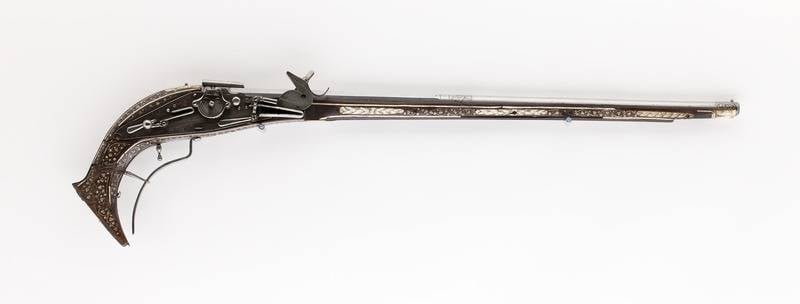
At the end of the XNUMXth century, Portuguese navigators, who were looking for a way to Asia bypassing the Ottoman territories, began to sail along the western coast of Africa and established trade relations with the native kingdoms in the territory of modern Sierra Leone and Benin, who brought ivory to the coast from the depths of the continent. Portuguese merchants bought raw ivory from them and commissioned pieces from skilled African carvers for export to Europe. As a result of the initial contacts, a small stream of wonderful objects, created with the tastes of foreign collectors in mind, rushed to the European market.
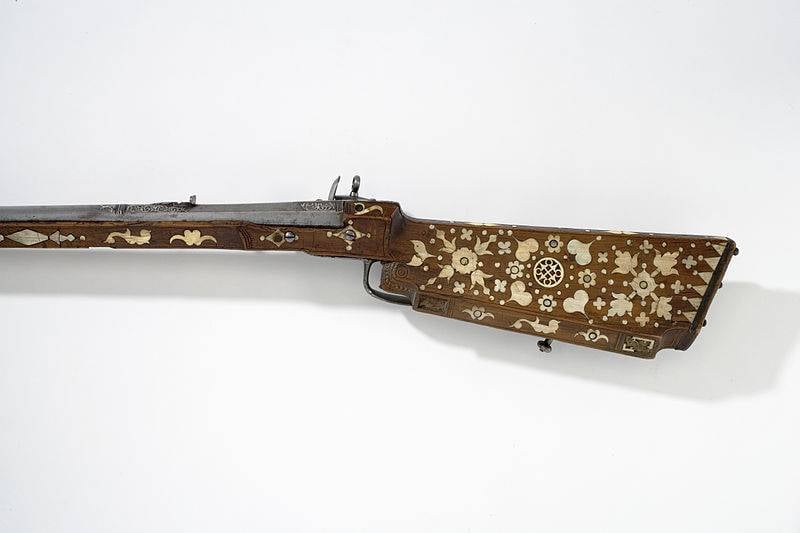
Portuguese navigators and merchants, impressed by the high quality of the ivory carvings they encountered on the coast of West Africa, began commissioning local craftsmen for hybrid works that combined European images and forms with African ornamentation. These were utilitarian spoons with figured handles, and more complex salt shakers, and also hunting horns, intended primarily for collectors who admired their excellent quality and African exoticism.
According to contemporary sources, the Duke of Florence, Cosimo I de' Medici, owned several African ivory carvings, as did the Grand Dukes of Saxony and Tyrol. It is believed that Albrecht Dürer bought two African salt shakers in the Netherlands sometime around 1521.
The use of ivory for sculpture declined in the late Middle Ages, due to the decline of the ivory trade between Europe and Africa after the Ottoman conquest of North Africa. European sculptors began to turn to boxwood, which has some common features with ivory. However, the period of ivory shortage was short-lived.
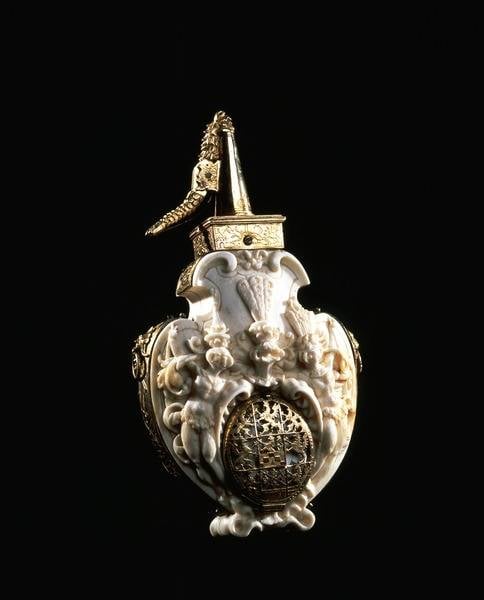
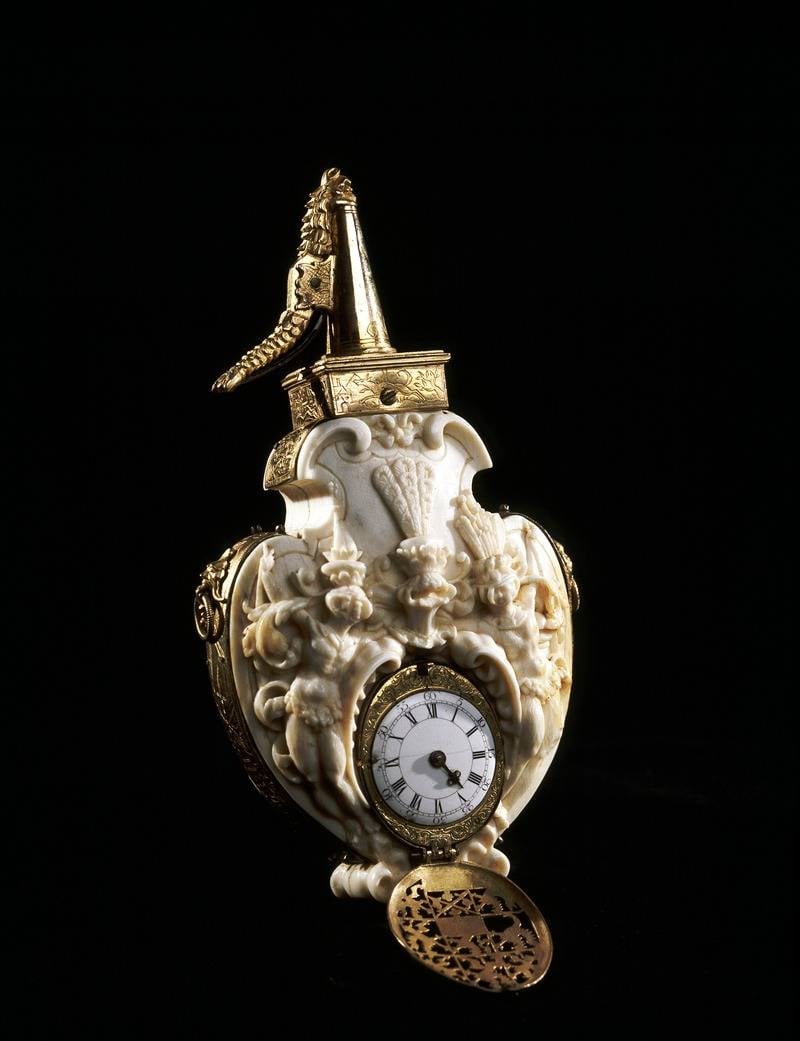
Between 1600 and the middle of the XNUMXth century, an intensive revival of ivory carving began, which was associated with the resumption of the influx of this valuable material into Europe after the discovery of new sea routes along the eastern and western coasts of Africa. This revival coincided with the development of the Baroque style, primarily in the Netherlands and Central Europe. Emperors and princely patrons of this art form even introduced the court positions of bone carvers.
To be continued ...
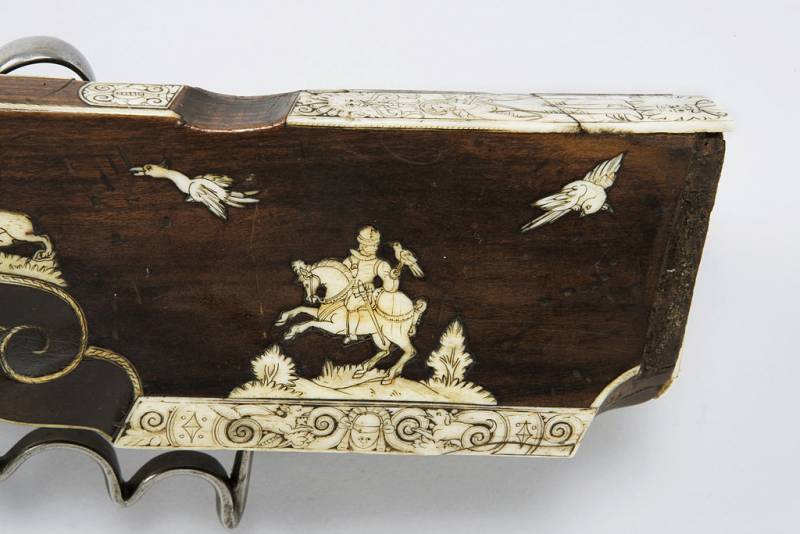
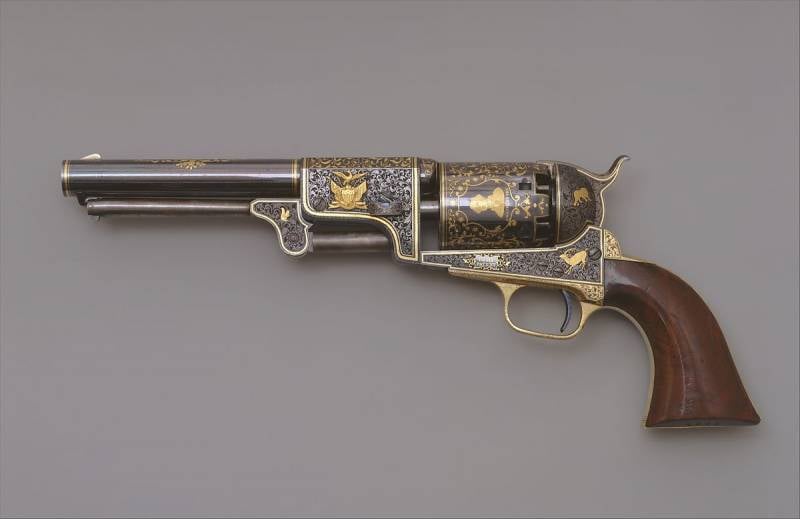
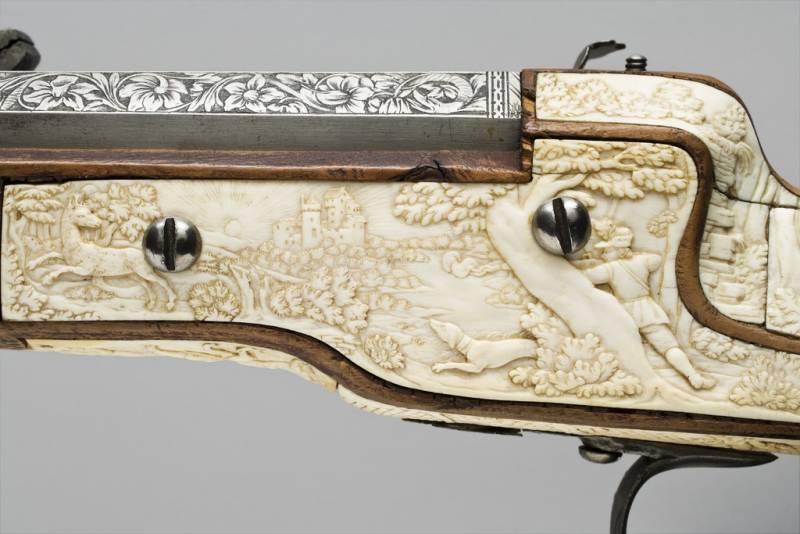
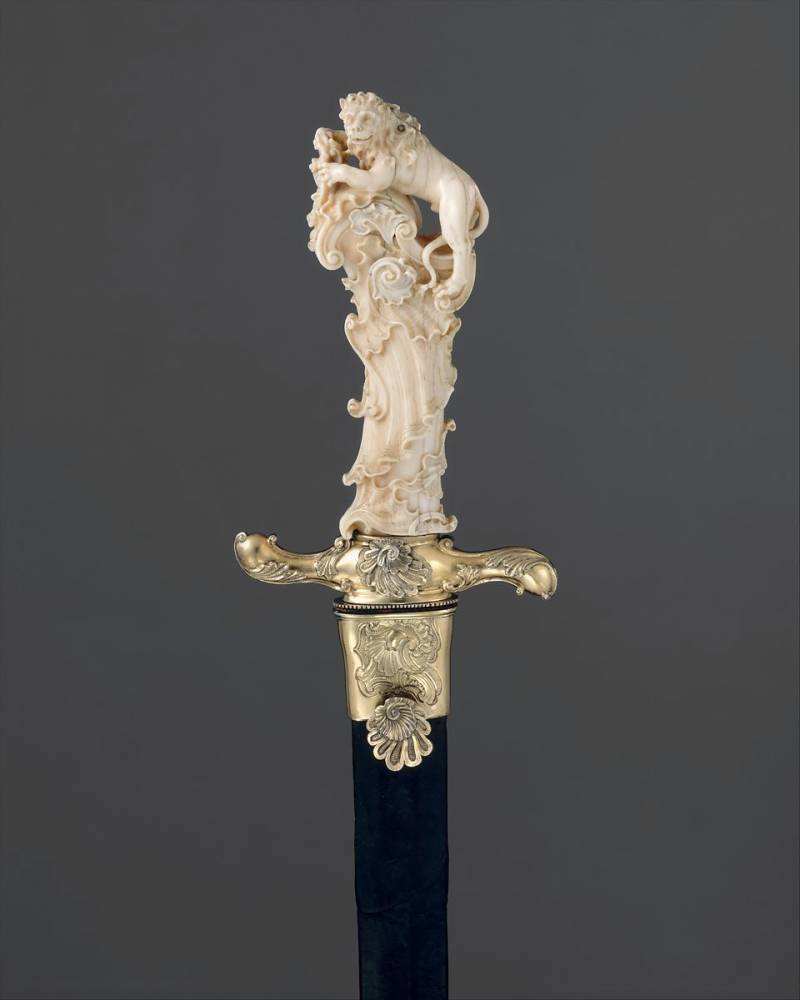
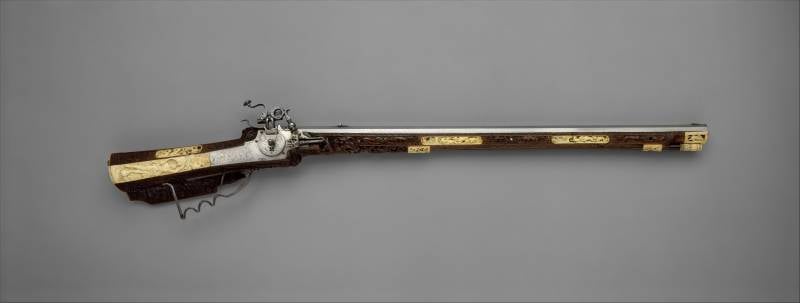
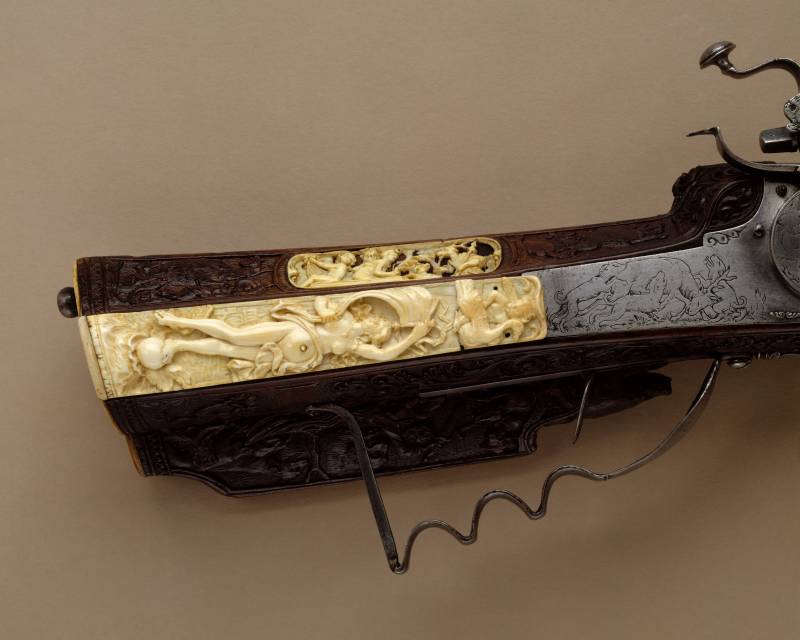
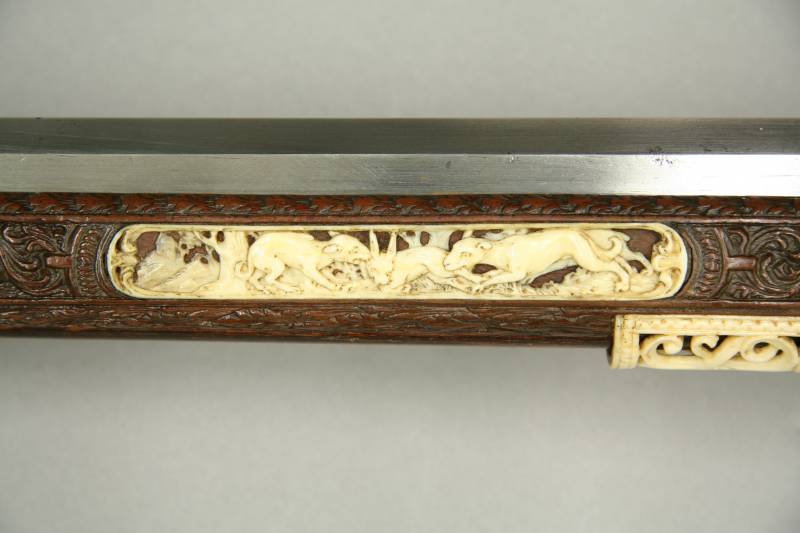
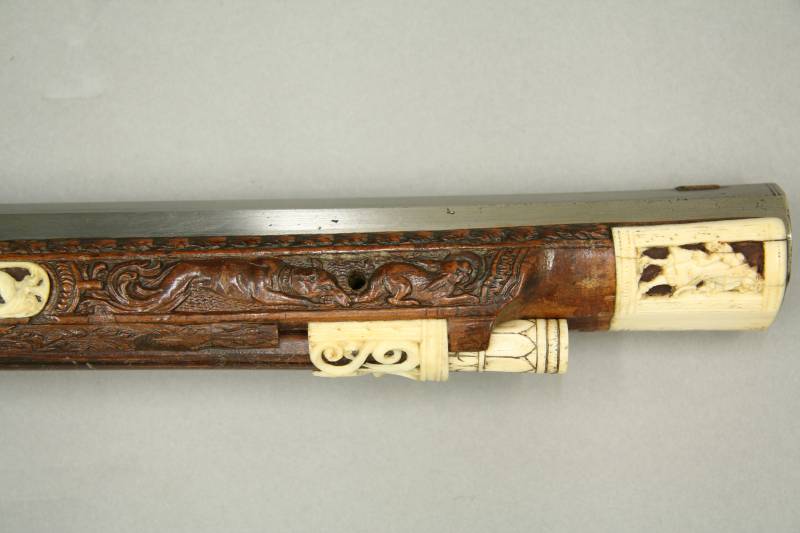
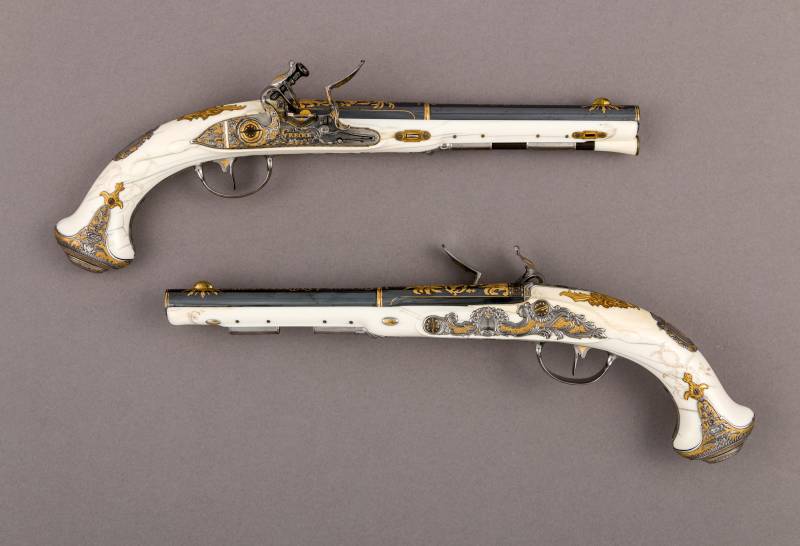
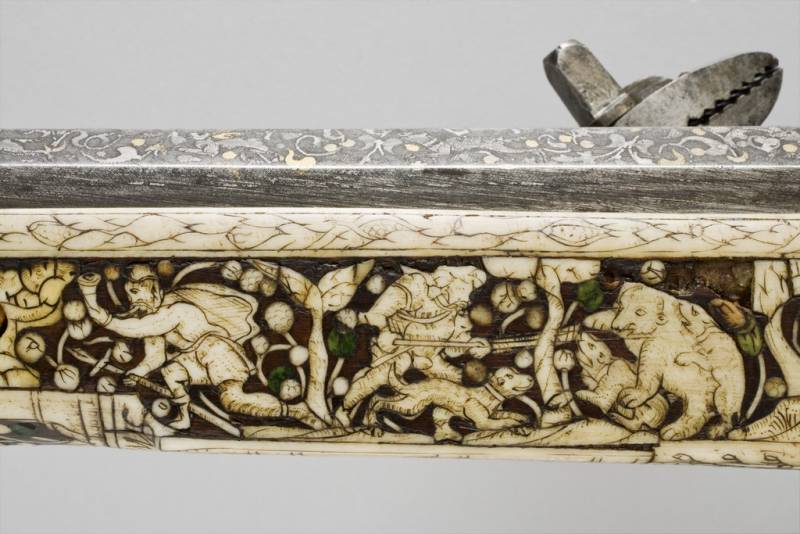
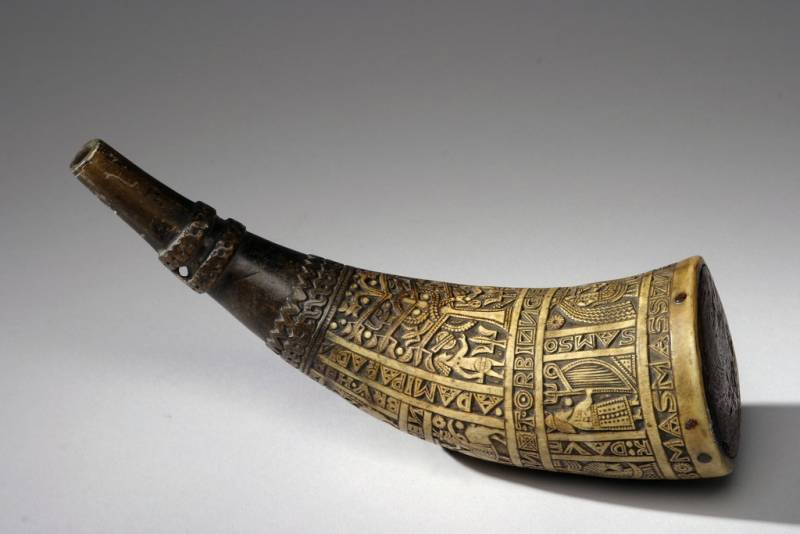
Information